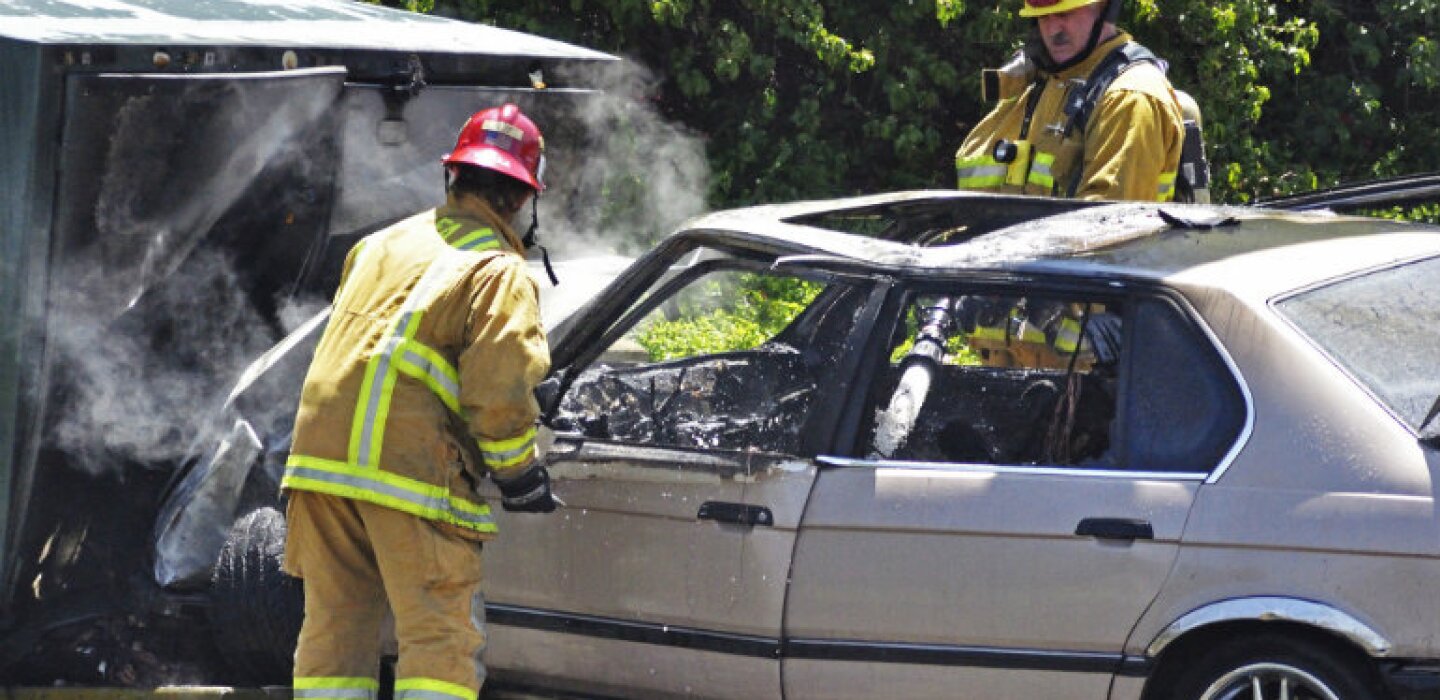
S.C. First Responders Learn New-Vehicle Extrication Tricks
Today’s vehicles are well equipped to try to keep drivers safe during a crash and include safety equipment like airbags and other technologies. Unfortunately, this can sometimes impede the progress of a first responder who needs to extricate an injured driver after a crash. There are also unique challenges that first responders face when pulling victims from electric vehicles.
To help first responders in Columbia, S.C., the National Auto Body Council First Responder Emergency Extrication (FREE) program recently held a hands-on demonstration with 30 first responders from the Irmo Fire District, a special-purpose district that provides fire rescue services to about 33 square miles in the Columbia area, the Columbia Fire Department and surrounding area agencies. Participants took part in the latest techniques of emergency vehicle extrication to give them the best chance to save lives of car accident victims.
Michael Klawer of the Irmo Fire District said the event was “providing the opportunity to help first responders understand the challenges of working with hard steels on newer model cars to save lives.”
FREE helps prepare local first responders for rescuing accident victims from vehicles with high-strength steel, airbags, advanced restraint systems, onboard technology and safety around alternative-fuel vehicles, which pose different difficulties from standard vehicles.
For one thing, electric vehicle manufacturers design the vehicles around the high-voltage battery. According to Fire Rescue 1, in most cases, the battery comprises the entire underside of the vehicle, a structural component, and is required to dissipate crash energy during impact.
First responders on the scene of a crashed electric vehicle need to know that there is significant risk of electrocution or a delayed fire.
Extrication needs to be done precisely, and using any holes or damage that was done by the accident could cause electrocution. One firefighter needs to be in full PPE in case they need to fight a delayed fire.
While this is happening, first responders also need to keep an eye on the battery. If it’s smoking, sputtering or “popping,” or if firefighters feel nose, eye or throat irritation, it could mean harmful, flammable gases are being released.


Average Rating